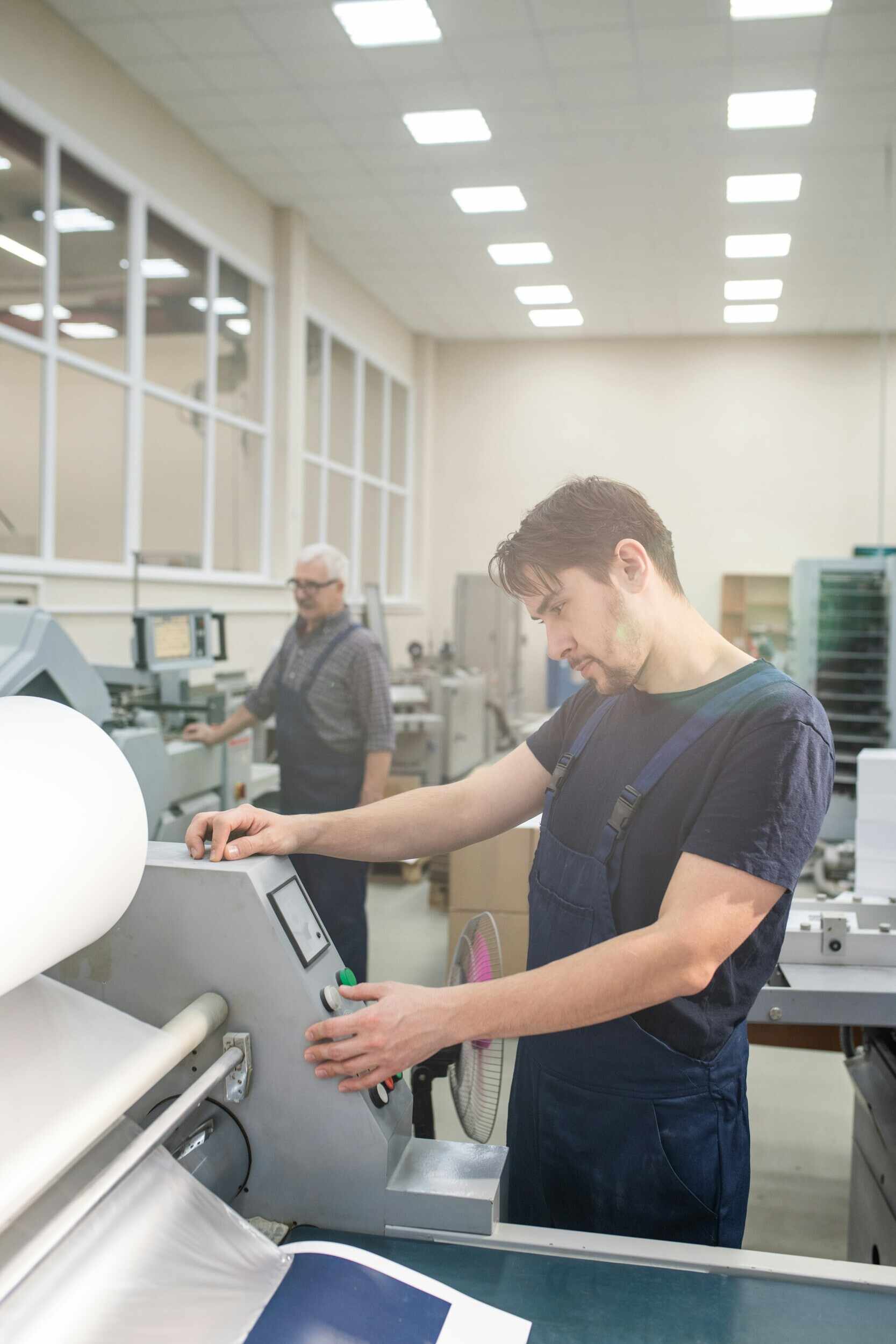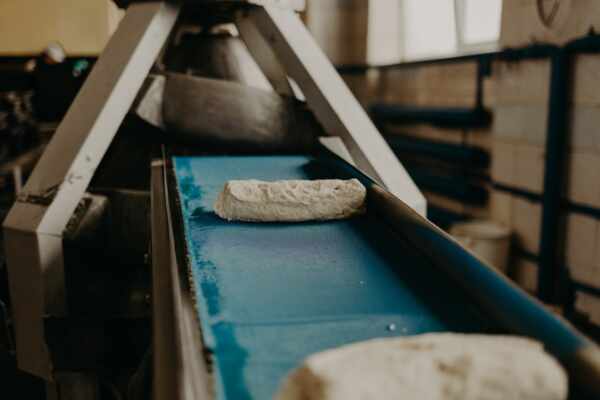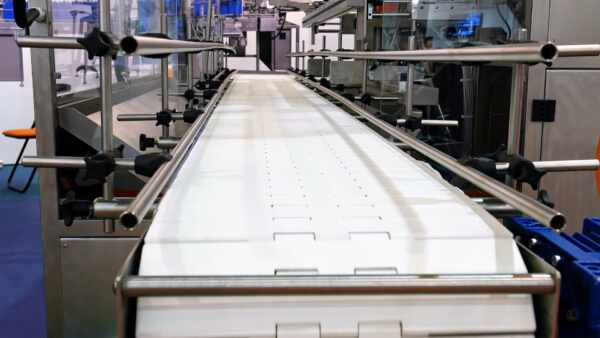Maintaining your conveyor belt system is crucial for keeping your production line efficient and preventing costly downtime. We understand how important it is to have a reliable conveyor belt that functions flawlessly. Regular maintenance can extend the life of your conveyor belt and ensure it operates at peak efficiency.
A comprehensive maintenance routine includes regular inspection and cleaning, proper lubrication, timely identification and repair of wear and tear, and ensuring optimal tension and alignment. By implementing these maintenance practices, we can minimise unexpected breakdowns and keep operations running smoothly. Addressing minor issues before they become major problems is key to maintaining a reliable conveyor system.
Regular Inspection and Cleaning
Regular inspection and cleaning are the foundations of effective conveyor belt maintenance. Keeping a routine schedule helps identify small issues before they become major problems. Inspecting your conveyor belt weekly for any signs of damage, wear, or misalignment is crucial. Look for cracks, frayed edges, and any unusual noises while the belt is running, as these can be early warning signs of a problem.
Cleaning the conveyor belt is equally important. Dust, debris, and spilled materials can accumulate on the belt, causing it to slip or misalign. Using a soft brush or cloth, regularly remove any build-up from the surface and around the moving parts. For food industries, it’s essential to adhere to sanitation standards. This means using appropriate cleaning agents and methods to avoid contamination. By keeping the belt clean, we ensure that it runs smoothly and lasts longer.
Proper Lubrication Techniques
Lubrication is key to reducing friction and wear on the moving parts of your conveyor system. Without proper lubrication, parts can grind against each other, leading to premature wear and potential failure. We must use the correct lubricant recommended by the manufacturer and apply it to all moving parts, including the bearings, rollers, and chains.
It’s important to follow a regular lubrication schedule, typically monthly, but this can vary based on the usage and type of conveyor belt. Excessive lubrication can attract dust and debris, so it’s essential to apply just the right amount. Always ensure that the lubricant does not come into contact with the belt surface, especially in food processing applications, to prevent contamination. By following proper lubrication techniques, we can ensure a smooth and efficient operation of the conveyor belt system.
Identifying and Repairing Common Wear and Tear
Regularly inspecting your conveyor belt can help identify signs of wear and tear early. Common issues include frayed edges, cracks, and worn-out surfaces. Pay close attention to the belt’s tracking. If the belt is consistently misaligned, it may cause uneven wear. Identifying these issues promptly can prevent them from escalating into major problems which could halt production.
Once wear and tear are identified, repair them immediately. For small tears or frayed edges, applying a belt repair kit can be a quick fix. Larger issues may require a professional evaluation to determine whether the belt can be repaired or needs replacement. Always have a few repair tools and kits on hand so you can address minor issues swiftly, ensuring the belt continues to operate correctly and efficiently.
Ensuring Optimal Tension and Alignment
Maintaining the correct tension and alignment is critical for the smooth running of your conveyor belt. If the belt is too tight, it puts undue stress on the conveyor components, potentially causing damage. Conversely, if it’s too loose, the belt might slip or misalign. Regularly checking and adjusting the tension ensures the belt runs smoothly and reduces the risk of breakdowns.
Alignment is equally important. A misaligned belt can lead to unequal wear, affecting performance and lifespan. Use alignment tools to ensure the belt is set correctly. Regularly inspect the conveyor structure for any signs of warping or misalignment. Correcting these minor adjustments can prevent larger, costlier problems in the future, ensuring the belt operates efficiently and lasts longer.
Conclusion
Proper maintenance of your conveyor belt is essential for ensuring optimal performance and extending its lifespan. By regularly inspecting and cleaning, applying proper lubrication techniques, identifying and repairing common wear and tear, and ensuring optimal tension and alignment, we can keep our conveyor systems in top condition. These practices not only prevent costly downtime but also enhance the efficiency of our operations.
For seamless conveyor belts that meet your specific needs, reach out to us at Change Parts Pty Ltd. Our team is ready to provide expert advice and the best solutions for your industry. Let us help you keep your production lines running smoothly and efficiently. Contact Change Parts Pty Ltd today to learn more about how we can support your conveyor belt needs.




